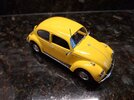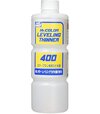just getting into airbrushing after decades of modelling. i tried it when i was a teen and was intimidated due to not being successful. figure its time i give it a proper go. is there a rule of thumb for using tamiya bottle paints? do i use water or their thinner for best results. and what ratios are best
thanks
thanks


